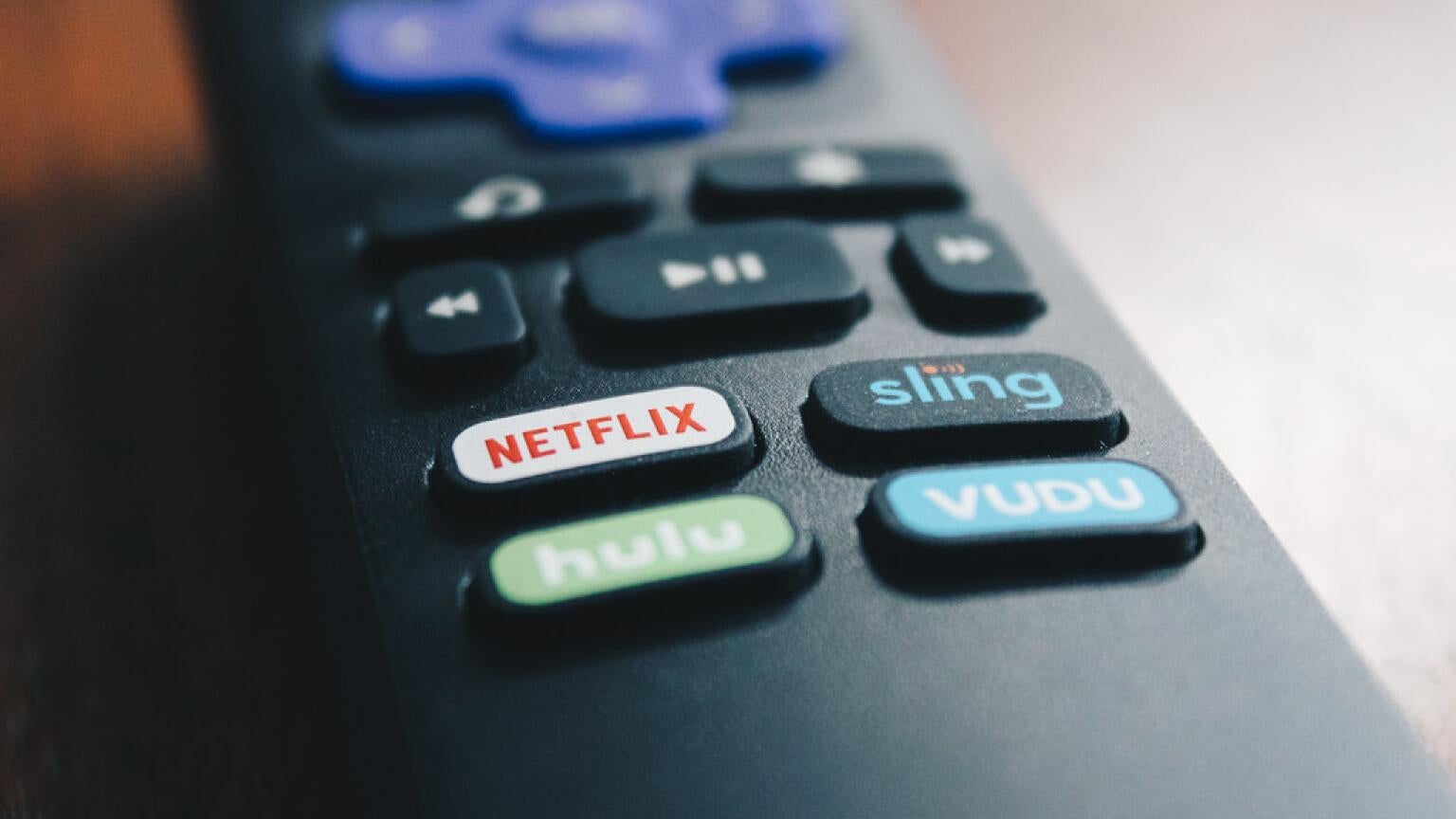To Binge or Not to Binge: Is the All-at-Once Model Still the Right Idea?
To Binge or Not to Binge: Is the All-at-Once Model Still the Right Idea?

When Netflix first burst on the scene with original streaming programming nearly a decade ago, one of the platform’s major innovations was to make entire seasons of TV shows available all at once. This changed the model of how viewers watched TV, both for original series like “House of Cards” and “Orange is the New Black,” but later for legacy shows that viewers could binge-watch, like “Friends” and “The Office.”
As competition has gotten thicker, many of Netflix’s competitors have tried other release models, including the more traditional method of putting out shows one episode a week; which is how Disney+ rolls out their Marvel and “Star Wars” shows. Even Netflix, while committed to the binge model, has begun switching it up a bit, releasing the most recent season of “Stranger Things” in two parts, a little more than a month apart.
A new study from Diesel Labs looks at how streaming shows are released, and whether Netflix’s way of releasing episodes is more effective than the one-week-at-a-time model mostly favored by Disney+, HBO Max, and Hulu.
The study compared the most recent seasons of several popular shows: Netflix’s “Stranger Things,” “Bridgerton,” and “Squid Game,” as well as Disney+’s “WandaVision” and HBO/HBO Max’s “Euphoria” and “Succession.”
Disel Labs segmented out audience attention starting from 30 days before the season premieres until 60 days after the season debuts. The report found that “Stranger Things” and “Squid Game” outperformed the shows on other services on a long-term basis, which would seem to indicate that the binge model remains viable. It’s also clear, however, that the second season of “Stranger Things” had a huge spike just after Day 30, which is when the second batch of Season 4 episodes arrived, so its results are a little muddier than others.

The chart also shows a weekly bump in audience attention for each of the shows that arrive once a week. The argument against the binge model has always been that shows that debut one episode per week can remain part of the conversation for longer, where as series that drop all episodes at once tend to fade from discussion much sooner.
It’s also worth noting that the chart only lists six high-profile shows and does not analyze the streaming services’ offerings as a whole. And “Squid Game,” as a new series that wasn’t returning after past seasons, had a very different trajectory than the other shows listed on the chart.
Netflix
Netflix is a subscription video streaming service that includes on-demand access to 3,000+ movies, 2,000+ TV Shows, and Netflix Originals like Stranger Things, Squid Game, The Crown, Tiger King, and Bridgerton. They are constantly adding new shows and movies. Some of their Academy Award-winning exclusives include Roma, Marriage Story, Mank, and Ma Rainey’s Black Bottom.
